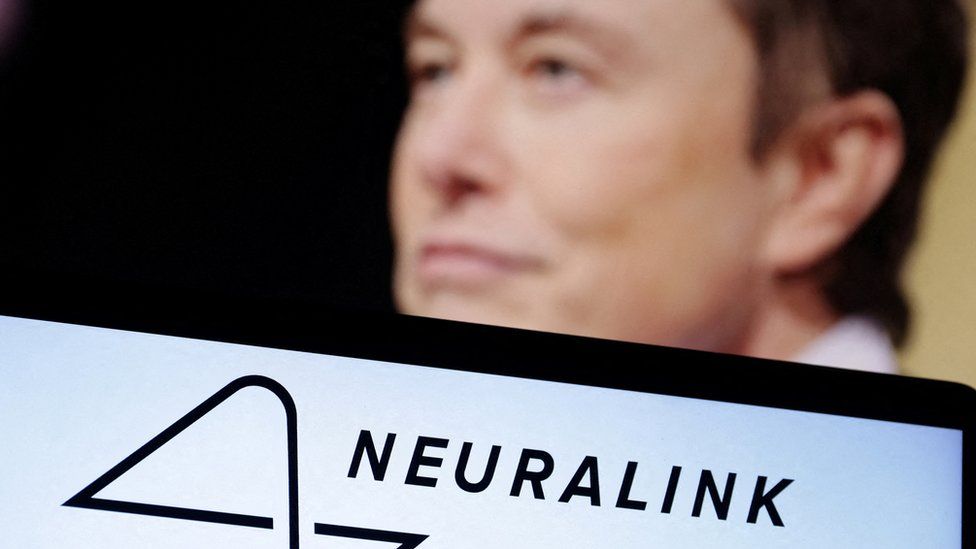ARTICLE AD BOX
 Image source, Reuters
Image source, Reuters
Elon Musk's brain-computer interface (BCI) start-up Neuralink has begun recruiting people for its first human trial.
The company's goal is to connect human brains to computers and it wants to test its technology on people with paralysis.
A robot will help implant a BCI that will let them control a computer cursor, or type, using thoughts alone.
But rival companies have already implanted BCI devices in humans.
'First step'
Neuralink won US Food and Drug Administration (FDA) approval for its first human clinical trial, in May, a critical milestone after earlier struggles to gain approval.
The FDA approval represented "an important first step that will one day allow our technology to help many people", Neuralink said at the time
The company had sought approval to implant its devices in 10 people, former and current employees told news agency Reuters.
The number finally agreed upon is not known.
Brain signals
At the start of the six-year study, a robot would be used to surgically place 64 flexible threads, thinner than a human hair, on to a part of the brain that controlled "movement intention", the company said.
These allow Neuralink's experimental N1 implant - powered by a battery that can be charged wirelessly - to record and transmit brain signals wirelessly to an app that decodes how the person intends to move.
The company says people may qualify for the trial if they have quadriplegia due to injury or amyotrophic lateral sclerosis (ALS) - a disease in which the nerve cells in the spinal cord and brain degenerate.
While Mr Musk's involvement raises the profile of Neuralink, he faces rivals, some with a track record dating back nearly two decades. Utah-based Blackrock Neurotech implanted its first of many BCIs in 2004.
Precision Neuroscience, formed by a Neuralink co-founder, also aims to help people with paralysis. And its implant resembles a very thin piece of tape that sits on the surface of the brain and can be implanted via a "cranial micro-slit", which it says is a much simpler procedure.
Meanwhile, existing devices are generating results. In two separate recent US scientific studies, implants were used to monitor brain activity when a person tried to speak, which could then be decoded to help them communicate.

 1 year ago
91
1 year ago
91








 English (US) ·
English (US) ·